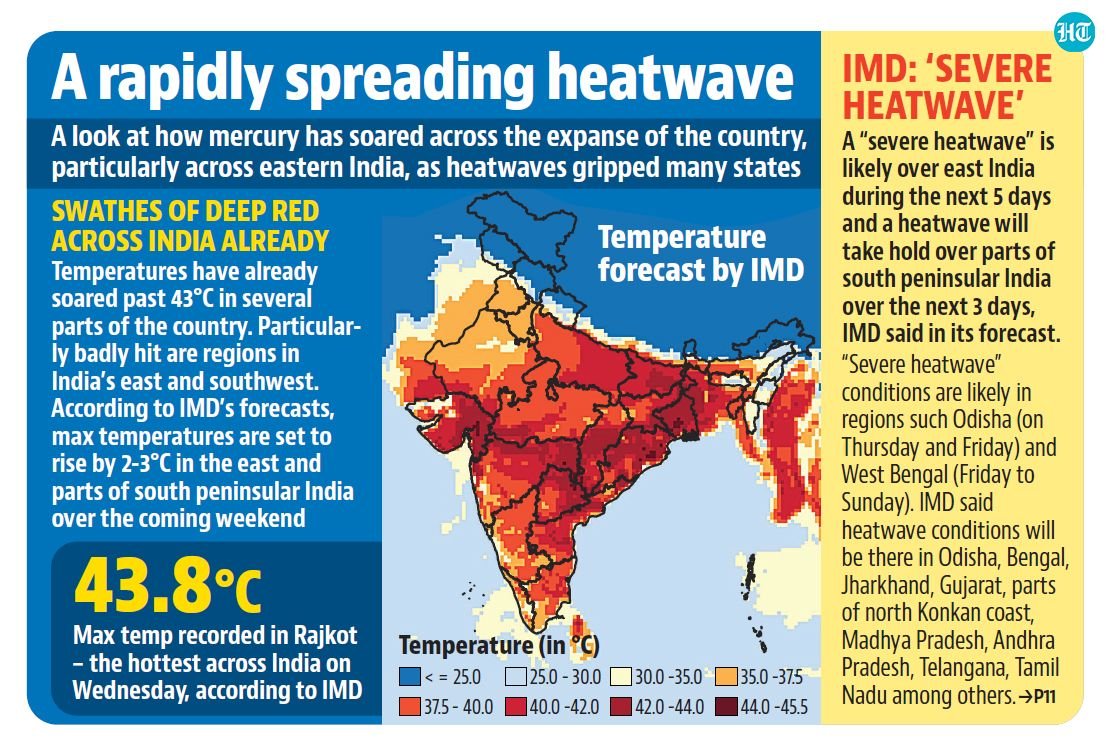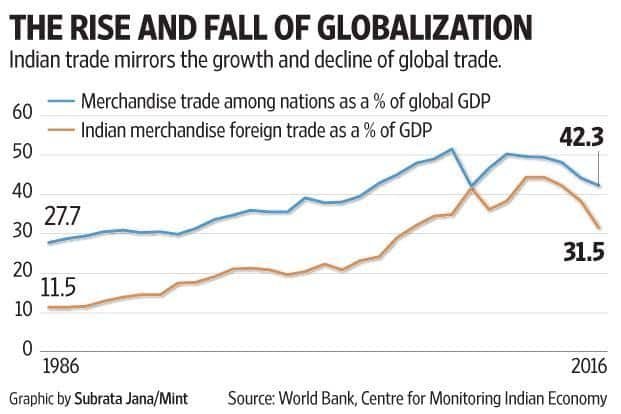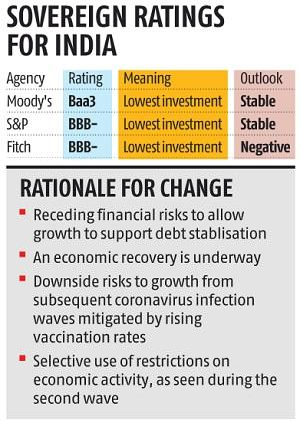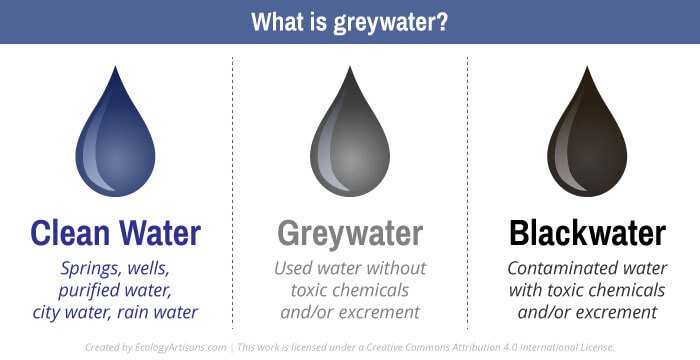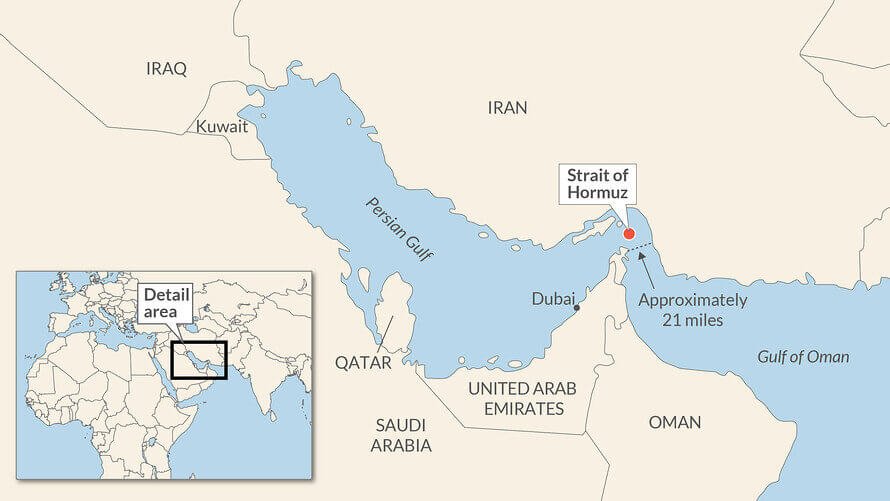
Nuclear Energy: A Clean Power Source
Subscribers of "Current Affairs" course can Download Daily Current Affairs in PDF/DOC
Subscribe to Never Miss an Important Update! Assured Discounts on New Products!
Must Join PMF IAS Telegram Channel & PMF IAS History Telegram Channel
- Context (IE): Brussels hosted a first-of-its-kind Nuclear Energy Summit that was billed as the most high-profile international meeting on nuclear energy ever.
- The International Atomic Energy Agency (IAEA) called it a “landmark” and a “turning point” in the efforts to expand the use of nuclear energy to generate clean electricity.
- The meeting was an attempt to build momentum for a greater acceptance of nuclear energy which many countries continue to have apprehensions about.
- Such apprehensions were aggravated by the Fukushima accident in 2011.
- The continuing crisis at the Zaporizhzhya nuclear power plant in Ukraine, the first nuclear facility to have been caught in a dangerous armed conflict, has also been a source of grave concern.
Nuclear Energy
- It is the second largest source of low-carbon electricity production globally (after hydropower) and provided about 30% of all low-carbon electricity generated in 2019.
- Nuclear power accounted for 9.8% of total electricity production in 2021, a decrease of 0.4 percentage points from the previous year.
- The share of nuclear grew rapidly from 1980 to 1990, almost doubling, but has declined since 2000.

Benefits of Nuclear Energy
- Clean source of energy with a minimal carbon footprint. Greenhouse gas emissions are only in the range of 5 to 6 grams per kilowatt hour. This is 100 times lower than coal-fired electricity and about half the average of solar and wind generation.
- Perennial availability: Unlike renewable energy sources such as wind or solar, nuclear power is not dependent on weather conditions and can provide a stable electricity supply regardless of external factors.
- Nuclear power generation results in avoiding emissions of more than 1 billion tonnes of CO2 equivalent every year. In the last five decades, this has resulted in a cumulative avoidance of about 70 billion tonnes of CO2 equivalent.
- Environmental benefits: Unlike fossil fuels, nuclear power emits no fine particles, nitrogen dioxide, sulfur dioxide, nitrates or phosphates into the atmosphere.
Challenges associated with adoption of nuclear energy
Nuclear Waste
- Radioactive waste management is challenging due to extended half-lives and high-level waste generated by nuclear power plants.
- Further, there are no long-term storage solutions for radioactive waste, and most are stored in temporary, above-ground facilities.
- These facilities are running out of storage space, so the nuclear industry is turning to other types of storage that are more costly and potentially less safe.
Costlier source
- Nuclear reactors require high investments and a technology base, take years to build, and operate under a variety of regulations and constraints, making them unattractive for countries wanting to ramp up their electricity generation quickly and affordably.
- Initial capital costs, fuel, and maintenance costs are much higher for nuclear plants than wind and solar, and nuclear projects tend to suffer cost overruns and construction delays.
Longer life of nuclear reactors
- The average life of operational nuclear reactors is more than 31 years, which highlights the fact that few new reactors have come on board in the last decade.
- IAEA data shows that the number of operational nuclear reactors has actually decreased in the last twenty years, from 437 in 2003 to 411 now.
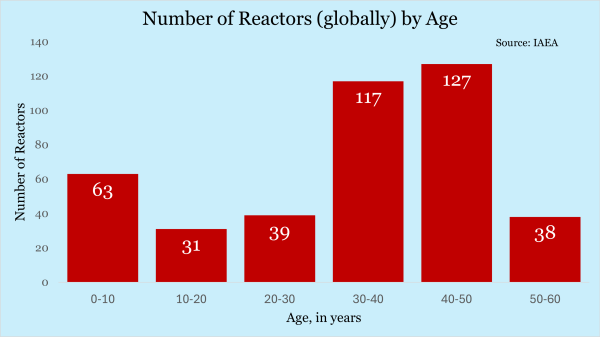
Declining energy generation
- Nuclear energy accounts for less than 10 per cent of global commercial electricity generation, and its share has been declining for almost three decades now.
- The total installed electricity generation capacity has shown only a marginal increase from about 360 GW in 2003 to 371 GW now.

Accidents
- The 1986 Chernobyl disaster in Ukraine led to the deaths of 30 employees in the initial explosion.
- A massive tsunami bypassed the safety mechanisms of several power plants in 2011, causing three nuclear meltdowns at a power plant in Fukushima, Japan, resulting in the release of radioactive materials into the surrounding area.
Cancer risk
- Studies show an increased risk of cancer for those who reside near a nuclear power plant, especially for childhood cancers such as leukaemia.
- Workers in the nuclear industry are also exposed to higher-than-normal levels of radiation and, as a result, are at a higher risk of death from cancer.
Steps taken at the global level to expand nuclear energy
- The IAEA has launched an ‘Atoms4Climate’ initiative and has begun an engagement with the climate community, especially at the COPs or the annual year-ending climate conferences.
- At COP27 in Sharm el-Sheikh, IAEA set up a pavilion for the first time.
- At COP28 in Dubai, about 20 countries pledged to work towards tripling global nuclear energy installed capacity by 2050.
India’s position on nuclear energy

- India currently has 23 operational nuclear reactors.
- The currently operational reactors have a combined installed electricity generating capacity of 7,480 MW (about 7.5 GW).
- At least ten more reactors are under construction, and the capacity is supposed to triple to 22,480 MW by 2031-32.
- The share of nuclear energy in total electricity generation capacity is just about 3.1 per cent, among the lowest in countries that do use nuclear energy.
- In April 2023, the government announced plans to increase nuclear capacity from 6780 MWe to 22,480 MWe by 2031, with nuclear accounting for nearly 9% of India’s electricity by 2047.
Challenges limiting the growth of Nuclear Power in India
- Limited domestic uranium resources: India’s uranium resources are mostly low-grade and uneconomic to mine. Thus, they are insufficient to meet the demand for nuclear power plants.
- Nuclear liability: India’s Civil Liability for Nuclear Damage Act (CLNDA) allows the operator of a nuclear plant to seek compensation from the supplier in case of an accident caused by defective equipment or services.
- This provision has deterred many foreign suppliers from entering the Indian nuclear market, as they fear legal and financial risks.
- Public Opposition due to safety concerns. This opposition has made it challenging for the government to build new nuclear power plants and expand existing ones.
Important Terminologies Related to Nuclear Energy
Other Facts
|





![PMF IAS Environment for UPSC 2022-23 [paperback] PMF IAS [Nov 30, 2021]…](https://pmfias.b-cdn.net/wp-content/uploads/2024/04/pmfiasenvironmentforupsc2022-23paperbackpmfiasnov302021.jpg)
